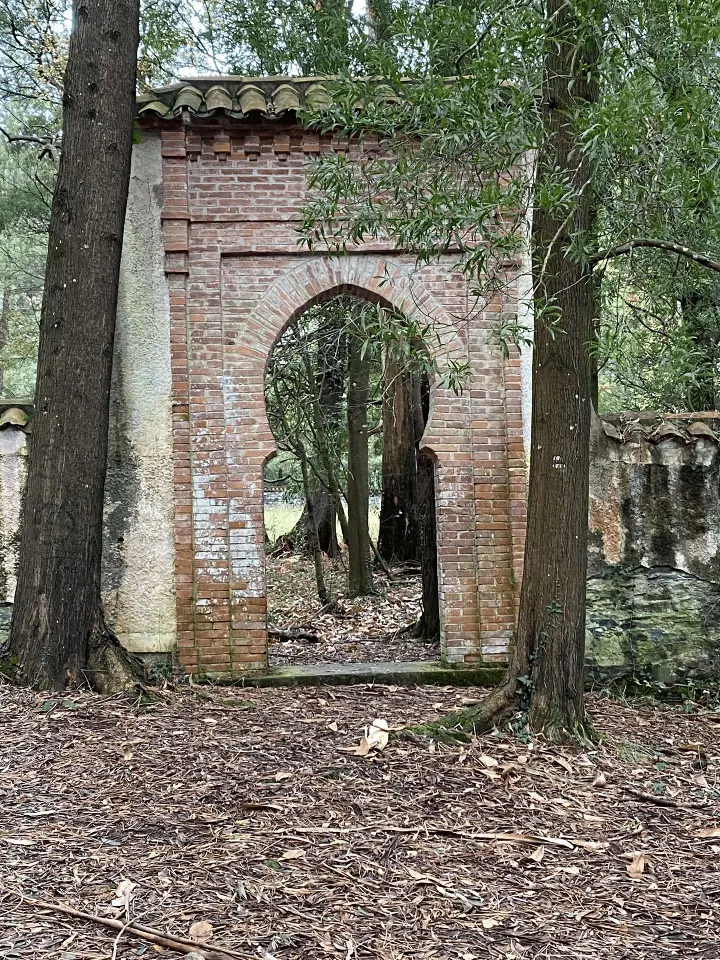Cemeteries, Citizenship and the Politics of Belonging: What the Dead can Teach us about Multiculturalism in Spain.
Author
Paula Arana Barbier, is a Postdoctoral Fellow at the Volkswagen Foundation Freigeist Project Invisible Architects: Jews and Muslims and the Construction of Europe at the Faculty of the University of Heidelberg.
What the Dead can Teach us about Multiculturalism in Spain.
What can cemeteries tell us about national
identity? At first glance, it might sound like an unusual question.
But the ways in which societies treat their dead especially those
belonging to religious minorities, can offer remarkable insights into
how nations define belonging, who gets remembered, and who gets
quietly erased from the public narrative.
In my recent research, I explored what I call the politics of death in Spain: a fascinating (and often overlooked) intersection between history, religion, migration, and citizenship. And it’s a conversation that is just as much about the living as it is about the dead.
A Forgotten Alliance: Muslim Soldiers in the Spanish Civil War
During the Spanish Civil War (1936-1939), Franco’s forces recruited over 80,000 Moroccan Muslim soldiers. To support them, Spain briefly established an infrastructure of inclusion, incorporating Muslim hospitals, cemeteries, halal kitchens, and religious personnel into public life, perhaps the most visible Muslim presence in Spain since medieval times. Although controversial figures, Moroccan Muslim soldiers fall under a peculiar category that challenges the memory of the Civil War, as they were perpetrators but also victims of forced recruitment. Their contribution to Franco’s army was of much importance.

Yet after the war, that infrastructure was
dismantled. Cemeteries were closed, and some bodies were repatriated
or buried anonymously. Monuments were built to honour Franco’s
Catholic vision of the nation, while Muslim contributions were
forgotten or erased.
The Politics of Death: Who Gets to be Buried, and Where?
Fast forward to the present. Spain has more than 2.4 million Muslims, and at least 1 million are Spanish nationals. Despite Spain’s legislation on religious freedom that recognises the right to be buried according to religious precepts, Muslim communities across the country continue to face challenges accessing burial spaces that honour their religious practices.
Some of the cemeteries from the Civil War were recovered by Muslim communities for active use, while others were left in a state of despair that is beyond the point of recovery. In some cities, cemeteries have no designated Muslim sections. In others, they’re full or only accessible to residents of specific municipalities.
The result? Families are often left with no option but to repatriate their loved ones or look for the closest cemetery to their place of residence (sometimes a 5-hour drive), at a high emotional and financial cost. This also results in an extension of the grieving period, often not even letting space for closure. And all of this raises a pressing question: How can we speak of inclusive societies when even the dead don’t belong?
Cemeteries as a Mirror of National Imagination
Cemeteries are more than physical places. They are symbols of belonging. They tell us who is included in a nation’s history and who isn’t.
In Spain, Catholicism continues to dominate the national imaginary, despite the country's rich history of diversity and its increase in recent times. And that imagination extends into law, public space, and policy. As I explore in my work, Muslim cemeteries (or their absence) become a way to trace how Spain struggles to recognise the belonging of religious minorities, not only in life, but also in death.
Conclusion:
What began as a military arrangement during a brutal civil war has left a lasting legacy in the politics of space, religion and belonging in Spain. As Muslim citizens continue to fight for the right to be buried in their own cities, the question remains:
Who gets to be part of a nation’s story, and who gets written out?
Full Article: https://journals.sagepub.com/doi/full/10.1177/14687968251327163
